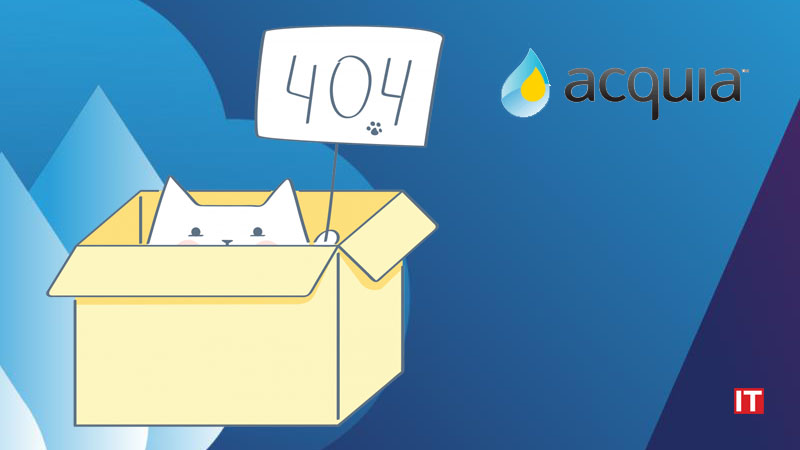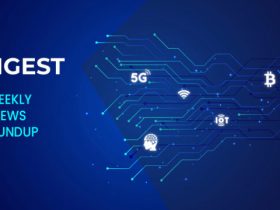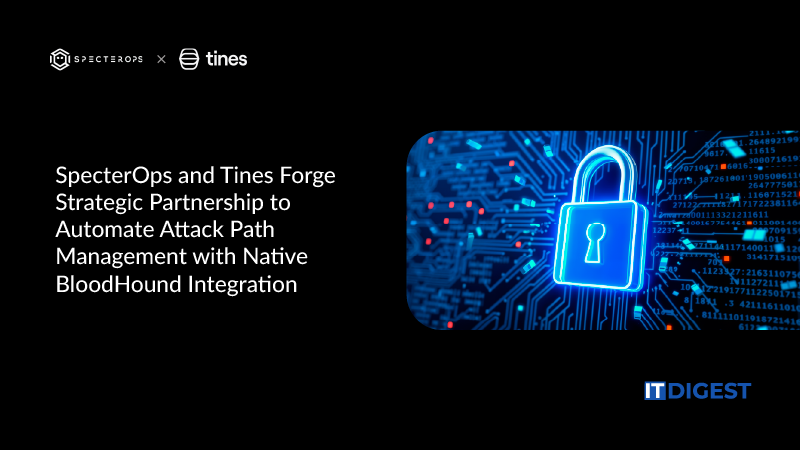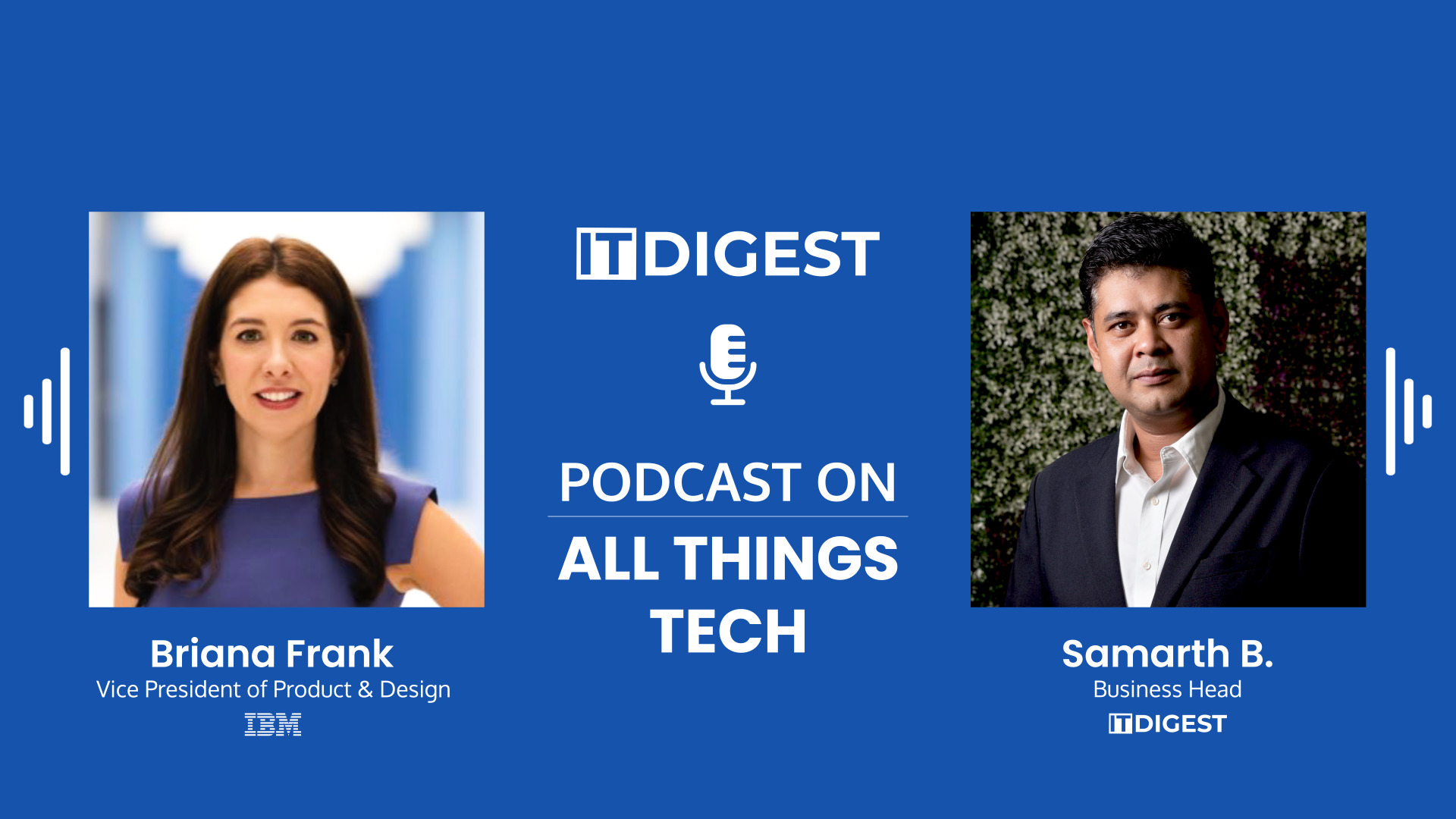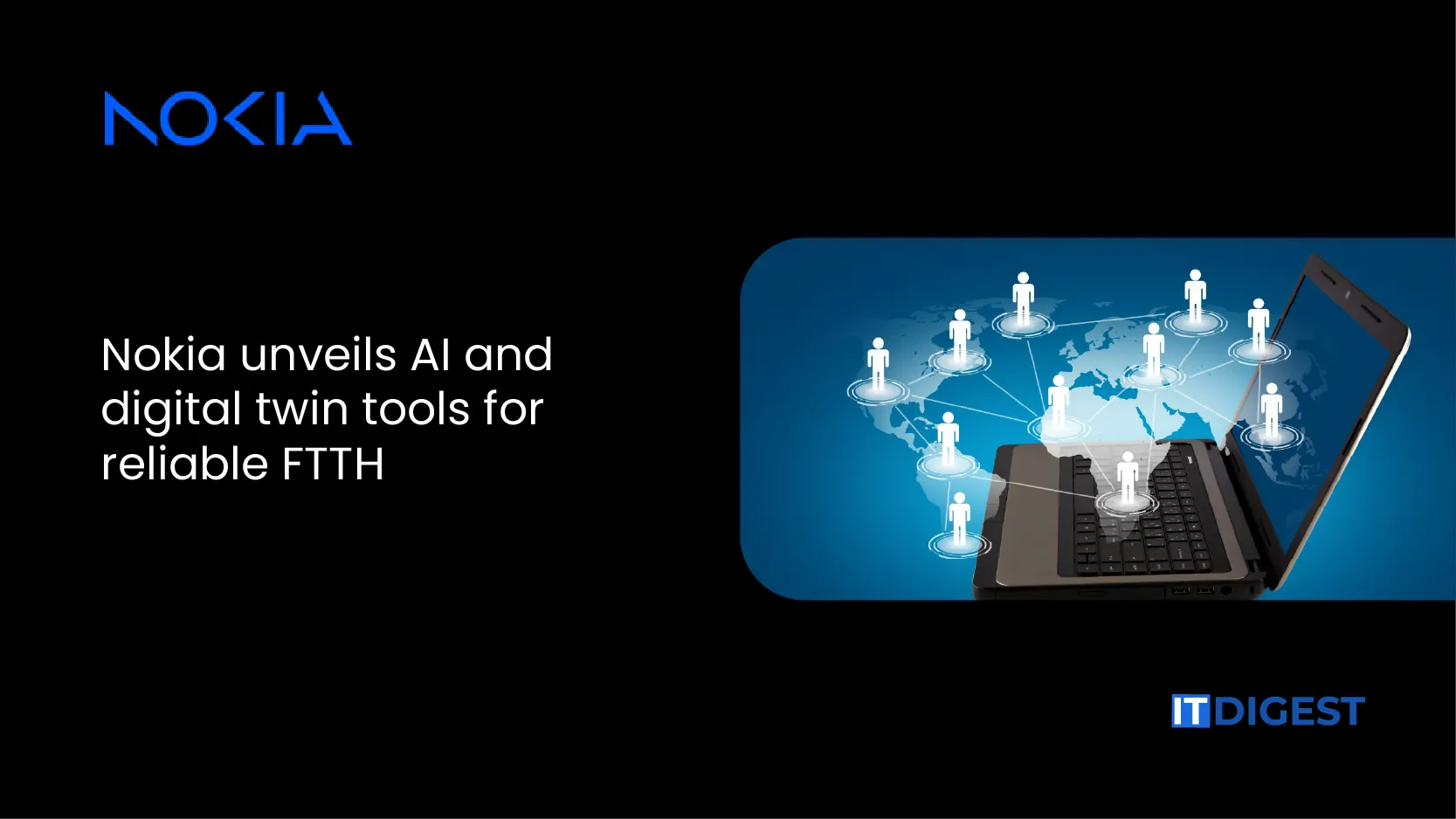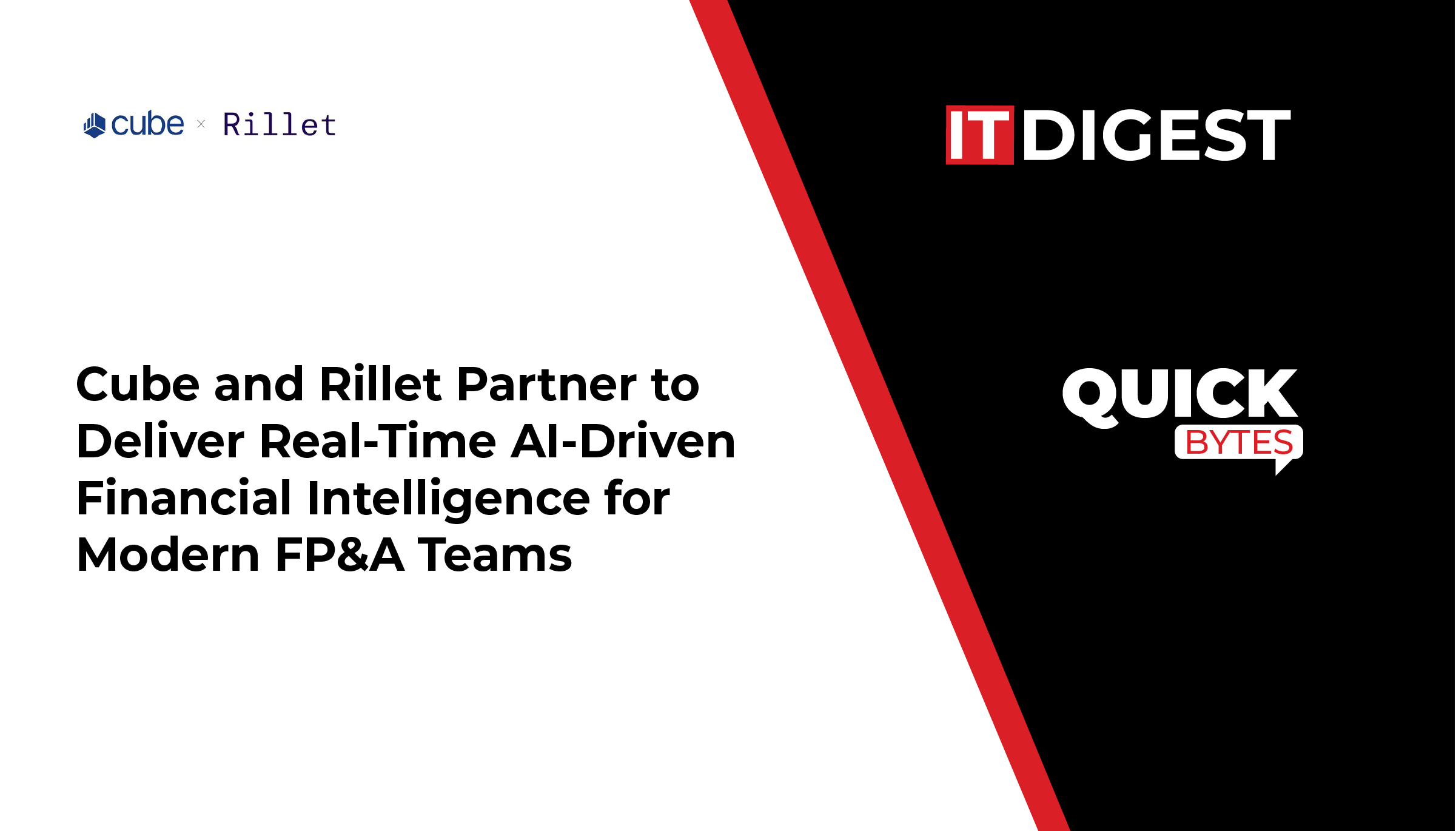Introducing data analytics and AI models in Altiplano to detect, predict and resolve issues across greenfield and brownfield networks.
Nokia has introduced advanced software tools and AI-driven models designed to enhance operational efficiency and strengthen network reliability for fiber-to-the-home (FTTH) deployments. As part of Nokia’s Altiplano platform, the new digital features enable operators to create a comprehensive digital twin of their FTTH networks, providing a single, unified view of both active and passive components. This unified approach helps reduce operational costs and improves service reliability by allowing operators to detect network disruptions early and resolve incidents on the first attempt.
FTTH operators often struggle with limited visibility into the passive outside plant, leading to inventory inaccuracies, costly repeat truck rolls, budget overruns, and service delays. By offering improved transparency into the outside plant, Nokia’s solutions empower operators to address issues faster, expand networks efficiently, and deliver more reliable broadband services to communities.
The Altiplano platform provides a real-time, unified view of FTTH networks, leveraging automation to streamline processes while continuously validating inventory, topology, and resource data. Operators can also access Nokia’s Fiber Health Analyzer and Subscriber Line Identifier applications through the growing Altiplano Marketplace. The AI-powered Fiber Health Analyzer allows operators to monitor fiber link health, audit imported topologies, isolate faults, proactively detect issues, conduct root cause analysis, and enhance overall service quality. Meanwhile, the Subscriber Line Identifier application enables operators to verify splitter connectivity with minimal disruption and update inventory in real time to accurately reflect network conditions.
Also Read: SIMO Unveils Solis Edge™ – First Ultra-Portable 5G Hotspot
Nokia’s digital twin capabilities are compatible with a wide range of inventory and geospatial software solutions, supporting both greenfield and brownfield deployments. The tools are pre-integrated with the Nokia Broadband Easy digital platform, facilitating automated fiber rollout and operational efficiency.
“We can help operators eliminate the blind spots associated with FTTH deployments by removing the need to look at the active and passive network independently. Our software tools and digital platforms provide a unified view of the network, allowing operators to detect issues faster and resolve them before they escalate. This results in significant operational advantages, cutting costs and improving both the reliability and accuracy of network builds,” said Geert Heyninck, General Manager, Broadband Networks at Nokia.
“Nokia’s automation and AI-powered tools not only help us to improve operational efficiencies but also enhance the reliability of our FTTH network. We can now detect disruptions earlier and resolve incidents more quickly to ultimately improve the subscriber experience,” said Danvig De Bruyn, CEO, fibertime.
“Digital twins and AI tools will play an important role in autonomous networks. By unifying active and passive components in a single view, operators can minimize disruptions, resolve issues swiftly, and deliver reliable, cost-effective broadband that sets a new connectivity standard,” said Jaimie Lenderman, Principal Analyst, Omdia.


